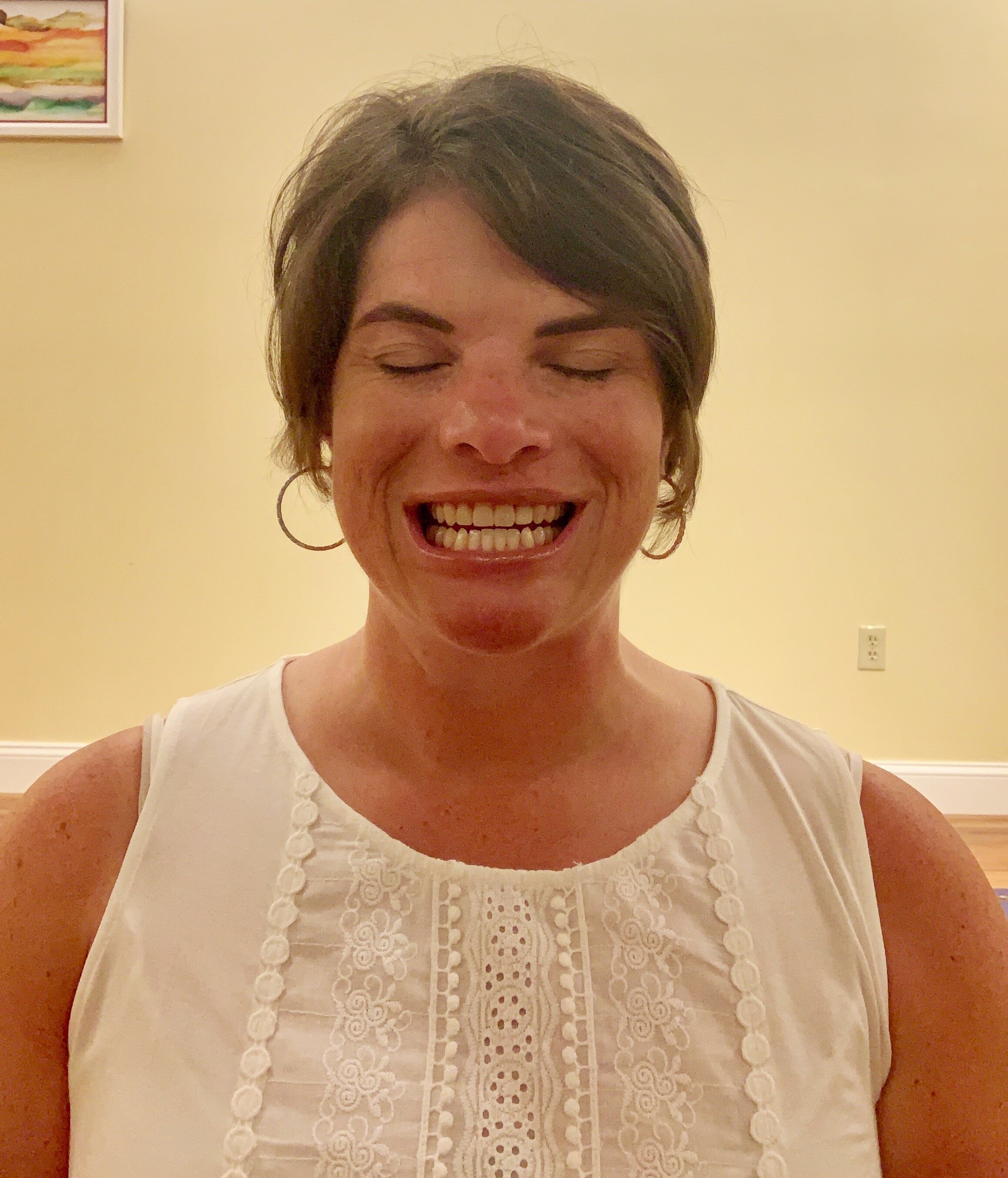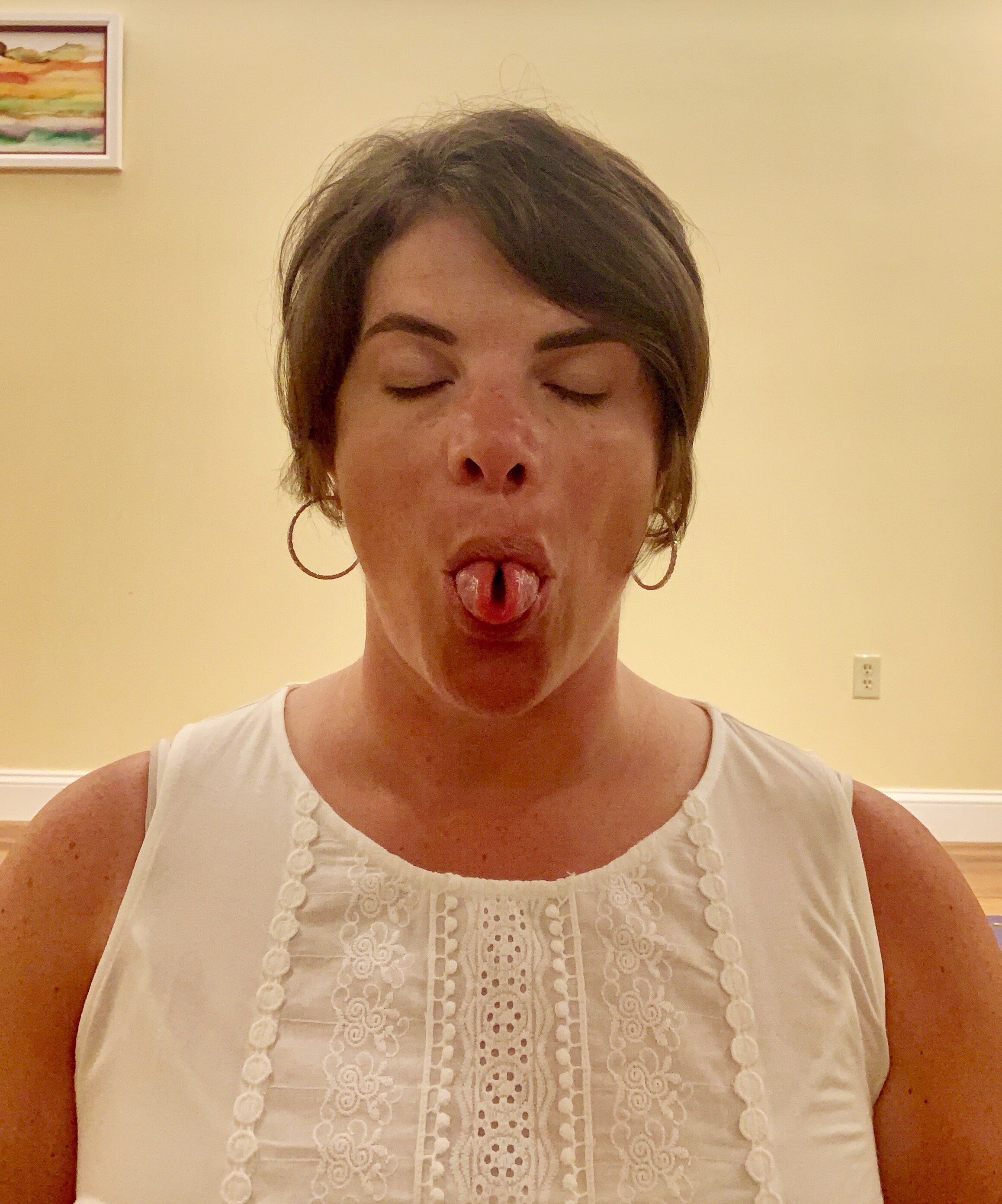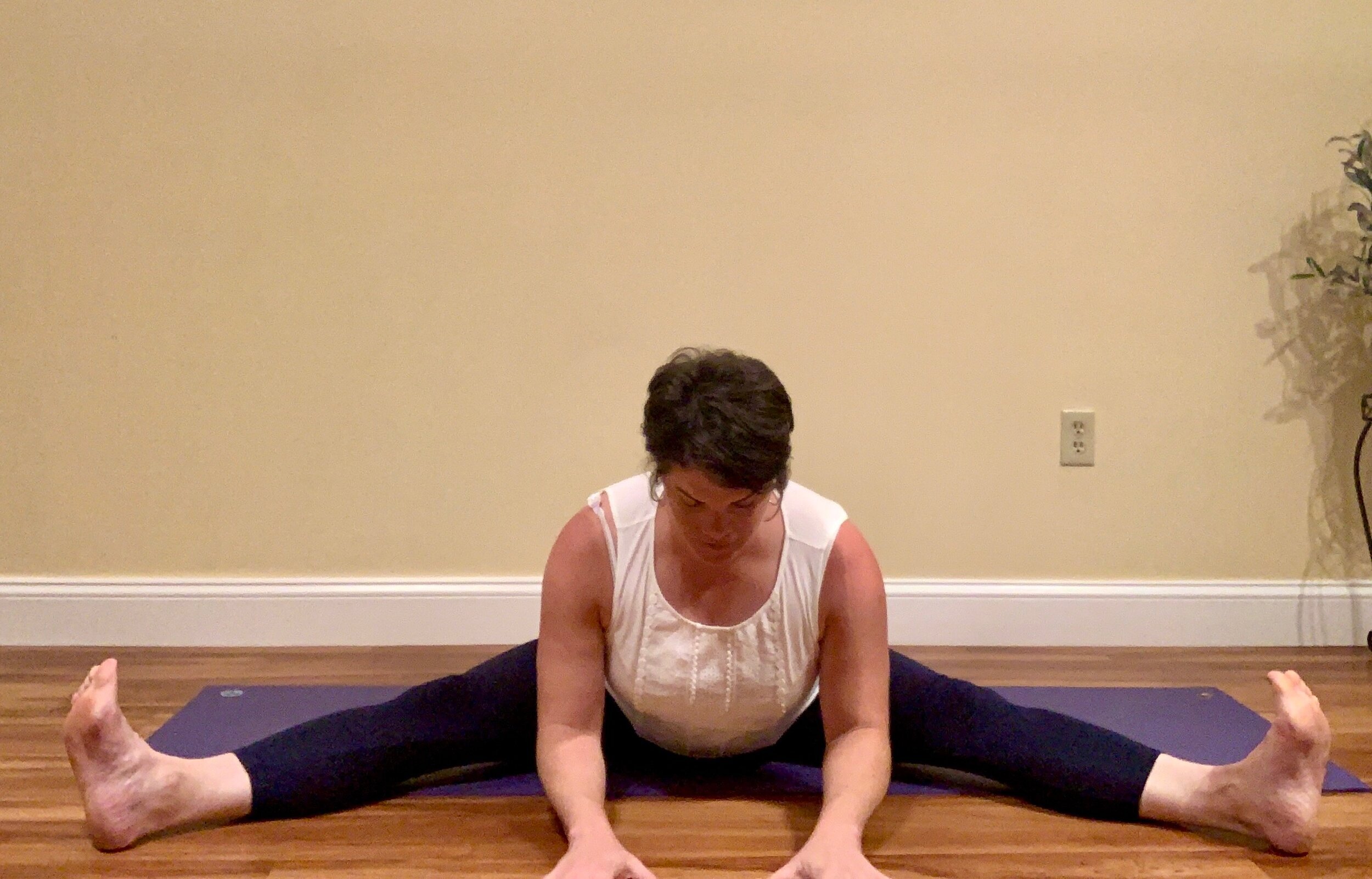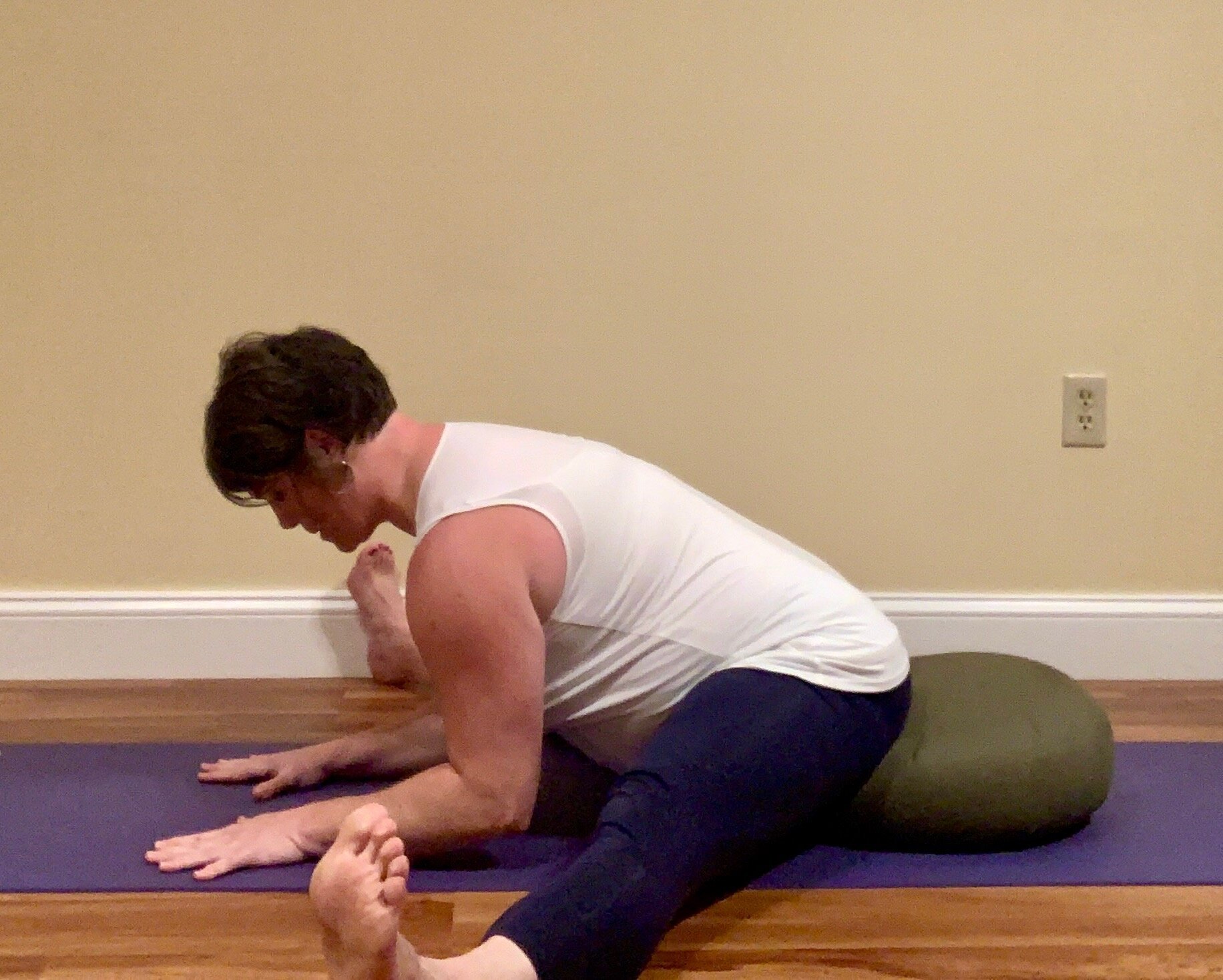How to Adjust Your Yoga Practice During the Heat of Summer
Written by: Michele Lyman, RYT 500
“‘Cause a little bit of summer is what the whole year is all about.” ~ John Mayer
Ah … Summer. The days are long and the living is easy! Summer is a time for growth, for trying new things and for self-development. Remember back to that first day of summer when you were a kiddo … school had just ended, your alarm clock didn’t go off and there was a sense of freedom in the air? You had all the time in the world to hang out with your friends and experience new adventures on your own terms.
The only problem is that summer can also mean sunburns, physically overheating, and more frequent feelings of anger and frustration. If you hate the heat (like I do!), summer may not be the most ideal time of year for you to practice yoga. But the good news is that you can adjust your practice to manage it! Ayurveda, considered the sister science to yoga, helps explain why you might feel discomfort in summer and what you can do to clear away any feelings of aggravation. Here’s how to adjust your yoga practice during summer with clarity and ease by applying Ayurvedic principles to your regular practice.
What Is Ayurveda?
Ayurveda is India’s 5,000-year-old traditional system of medicine. Considered the original mind-body medicine, Ayurveda teaches that the body, mind and spirit must exist in harmony for you to be truly healthy and happy. And this harmony is developed by learning how to be in balance with nature through simple guidelines and practices that are available to every human being, no matter your beliefs, faith, practices, etc.
Ayurveda says that everything on the planet is composed of five elements, or basic principles, that represent the primary components of all living things. These five elements are ether (or space), air, fire, water and earth. Each of the elements then has its own set of qualities that help describe the energies of the element. For example, when you think of ether, or space, some of the qualities that come to mind could be dark, cold, light, dry and mobile. When you think of earth, you might think heavy, dense, slow, stable and hard. Ayurveda teaches 20 qualities that are listed as 10 pairs of opposites.
And knowing the opposite quality is important because Ayurveda is based on the principles of like increases like and opposites balance. These two Ayurvedic laws have you first identify which quality is causing you to feel agitated. Then, choose the opposite quality in order to bring your entire system back into balance.
These elements are then woven together in different proportions to create three energies, or doshas. The three doshas are:
Vata Dosha (Ether + Air)
Pitta Dosha (Fire + Water)
Kapha Dosha (Water + Earth)
The doshas have particular functions in nature (e.g., the weather, seasons, etc.) and for each person they play very important functions in the body and mind.
The Qualities of Summer
In Ayurveda, summer is considered the Pitta time of year, which is made up of the fire and water elements. You can see this during hot and humid days. Internally, everyone has Pitta dosha governing digestion and transformation in both your body and mind. Physically, think of Pitta dosha as your digestive system - stomach, small intestine, large intestine, enzymes that break down the nutrients in the food, etc. It is also responsible for regulating the temperature in your body by governing the skin. It opens and closes the pores based on what your body needs for heat and moisture.
Mentally, think of Pitta dosha as digesting, organizing and making sense of the information you take in through the five senses. For example, Pitta is helping you understand the information you are reading right now. It is also responsible for digesting and transforming your emotional well-being. It helps you make sense of the past and learn from your mistakes in order to move forward.
So, as summer arrives with its heat and humidity, your body and mind start to hold on to these same qualities as well since your body is exposed to the fire and water elements. In your body, you might get sweaty, hot and feel overheated. You might also notice rashes or acne as your body tries to release the extra heat and moisture through your skin. You could also have a hard time digesting meals or notice acid reflux. In your mind, you might feel emotional heat such as anger, frustration or impatience. You could feel more judgemental, critical, gossipy, and manipulative. You might end up yelling at someone or having a “short fuse” because you feel agitated, frustrated and annoyed. This is why it can be hard to “go with the flow” and relax during these easy and peaceful days of summer.
Here’s How to Balance Your Yoga Practice In Summer
One of the ways to reduce excess Pitta in your body and mind is to adjust your exercise routine and yoga practice. Bringing in the opposite qualities during physical activity will help you feel more balanced and at ease during the heat of summer.
Here are the Ayurvedic qualities of summer - Pitta Dosha:
Oily
Sharp
Hot
Light
Fleshy Smelling (think passionate body odor that’s not offensive)
Spreading
Liquid
So, in order to balance those out, you want to bring more of the opposite qualities of Kapha and Vata doshas into your physical practices. These qualities include:
Dry
Soft
Cool
Heavy
Slow/Dull
Mobile
In general, plan to exercise moderately during cooler times of the time and consider moves that are challenging but done in a relaxed manner. You can challenge yourself physically, but make sure that your mind and emotions are more relaxed and softer in order to counteract the sharpness of working out “hard”. Practice grounding and fluid movements and remember to rest when you are complete.
To allow for air and ether qualities, practice any postures and movements that create space and open the body - such as wide-legged and wide-armed poses. Airing out the armpits and groin allows the body to cool down. You can also incorporate deep twists which help squeeze the torso and flush out any excess heat. You want to avoid working the arms or doing any backbending postures, as these tend to heat the body. And if you love a fiery flow sequence, like vinyasa, just make sure to put it at the beginning of your practice so there is time to cool down toward the second half. Finally, to release excess heat from the body, try to lengthen your exhalation and keep the breath smooth, soft and silky.
Below are specific breathing, meditation and movement techniques you can practice on a regular basis during the summer months that will leave you feeling cool, refreshed, calm and relaxed.
Breathing
Sitkari/Sitali: This is a cooling breath. Sitkari is done through gritted teeth (on the left). Sitali is done through a curled tongue (on the right).
Close your eyes and inhale through the tongue or teeth, close your lips and place the tip of your tongue on the roof of your mouth while you exhale gently and evenly out the nose. Repeat for 3-5 rounds of breath.
Meditation
Metta Meditation: Since we tend to operate mostly from our heads during Pitta season, it’s important to focus on our hearts and bring more lovingkindness into our practice.
With your eyes closed, bring to mind someone or something that brings joy to your life. Then repeat:
May you be happy.
May you be healthy.
May you be safe from harm.
May you live with ease.
Then repeat this same imagery and phrasing for yourself and again for someone you are in conflict with, if possible.
Postures
Warrior 2
Stand toward the long edge of your mat with your legs about 3 feet apart. Turn your right toes to face out and your left toes to turn in slightly. Inhale your arms to a T-position. Exhale and soft bend your right knee until it lands right over the ankle. Adjust the distance of your feet as needed. Gently press the right knee out toward the right edge of your mat to open the front hip and thigh. Engage the left leg and press into the back outside edge of the left foot. Turn your head softly to look over your right hand. Hold and breathe for 3-5 breaths. Repeat on the left side.
Triangle with block support
Stand toward the long edge of your mat with your legs about 3 feet apart. Turn your right toes to face out and your left toes to turn in slightly. Inhale your arms to a T-position. Exhale gently tuck your right hip toward the left and the left hip up to the sky as your torso shifts to the right. Bring your right hand to a block outside the right leg and let some weight fall into the hand. Lift your left arm to the ceiling from the shoulder. Turn your head to look up, out or down, making sure not to strain. Hold and breathe for 3-5 breaths. Repeat on the left side.
Standing Wide-Legged forward fold
Stand toward the long edge of your mat with your legs about 3 feet apart. Turn your feet parallel to the short edge of your mat. With your hands on your hips, slowly hinge from the waist and lower your torso forward and move your hands to a block. Breathe here to let the back of the legs open. If you can, continue to round forward with straight legs. Keep the thigh muscles pulled to the bones so you do not lock your knees. Stay in this forward position for 3-5 breaths. To release, slowly lift back up to half-way and then pause. Take a few breaths there before returning your hands to your hips and lifting up to stand.
Seated Wide-Legged forward fold
From a seated position, open your legs wide, press the thighs down and flex the feet. Gently tilt the pelvis forward to lengthen the spine. If you are still rounded in the spine, sit up on a block or cushion to tilt your pelvis more forward and lengthen up. Gently crawl your hands forward to your natural stopping point. Breathe here for 3-5 rounds of breath.
Sage Twist
From a seated position with legs extended, bend both knees and take the legs to the left. The right foot should land on the thigh of the left leg, and the left leg should be brought back with the foot snuggled right next to the hip.
NOTE: if the left knee does not bend comfortably that way, you can simply extend the left leg forward. Put your right hand behind you and press into it while bringing your left hand to your right knee. Inhale to lengthen, and then exhale to twist to the right. Keep both hips grounded as you twist just the spine. Once you are twisted to your stopping point, soften the shoulders and turn the head to look to the left. Let the chin lower down toward the left shoulder. Close your eyes and breathe. Repeat on the left side.
Extended forward fold (with strap)
From a seated position with legs extended, take a strap and wrap it around the balls of your feet. Press into the strap with your feet as you pull the strap with your hands to lengthen the spine and lower the shoulders. As you exhale, gently fold forward from the hips and walk your hands up the strap as needed. Gently round your spine and shoulders forward for a cooling version of this pose. Rest your head on a block or cushion if possible. Release the grip on your hands.
So there you have it! You now know exactly why summer may not be your favorite season and what you can adjust in your yoga practice to optimize your health! As someone who shares in the struggles that summer can create, I know that these pitta-pacifying suggestions listed above will help to bring coolness, softness, and ease into your daily life during the summer season. Please share this post by clicking on a link below with anyone who struggles to cool down in the summer and wants to better manage their own health! I know they will thank you for it!











